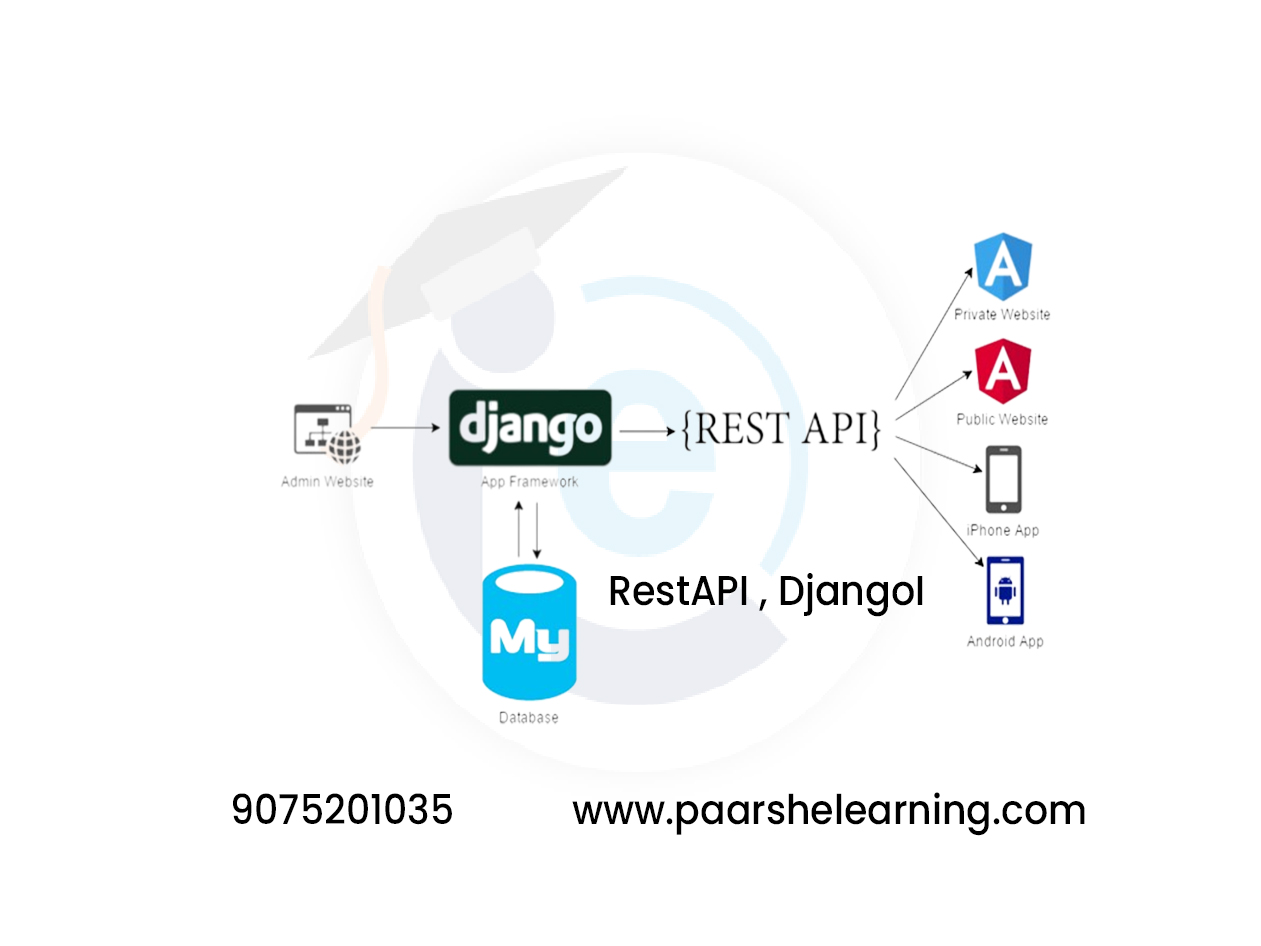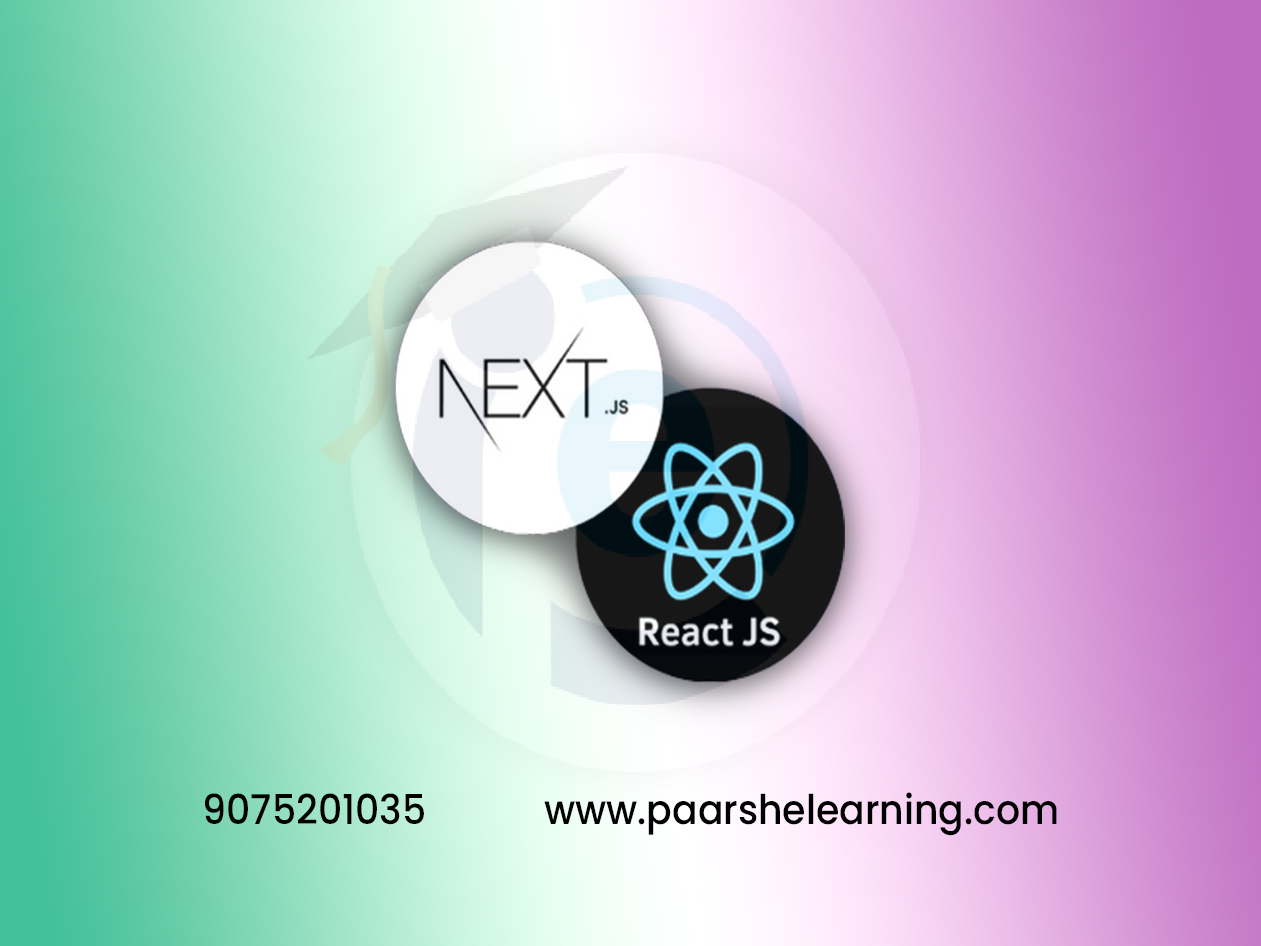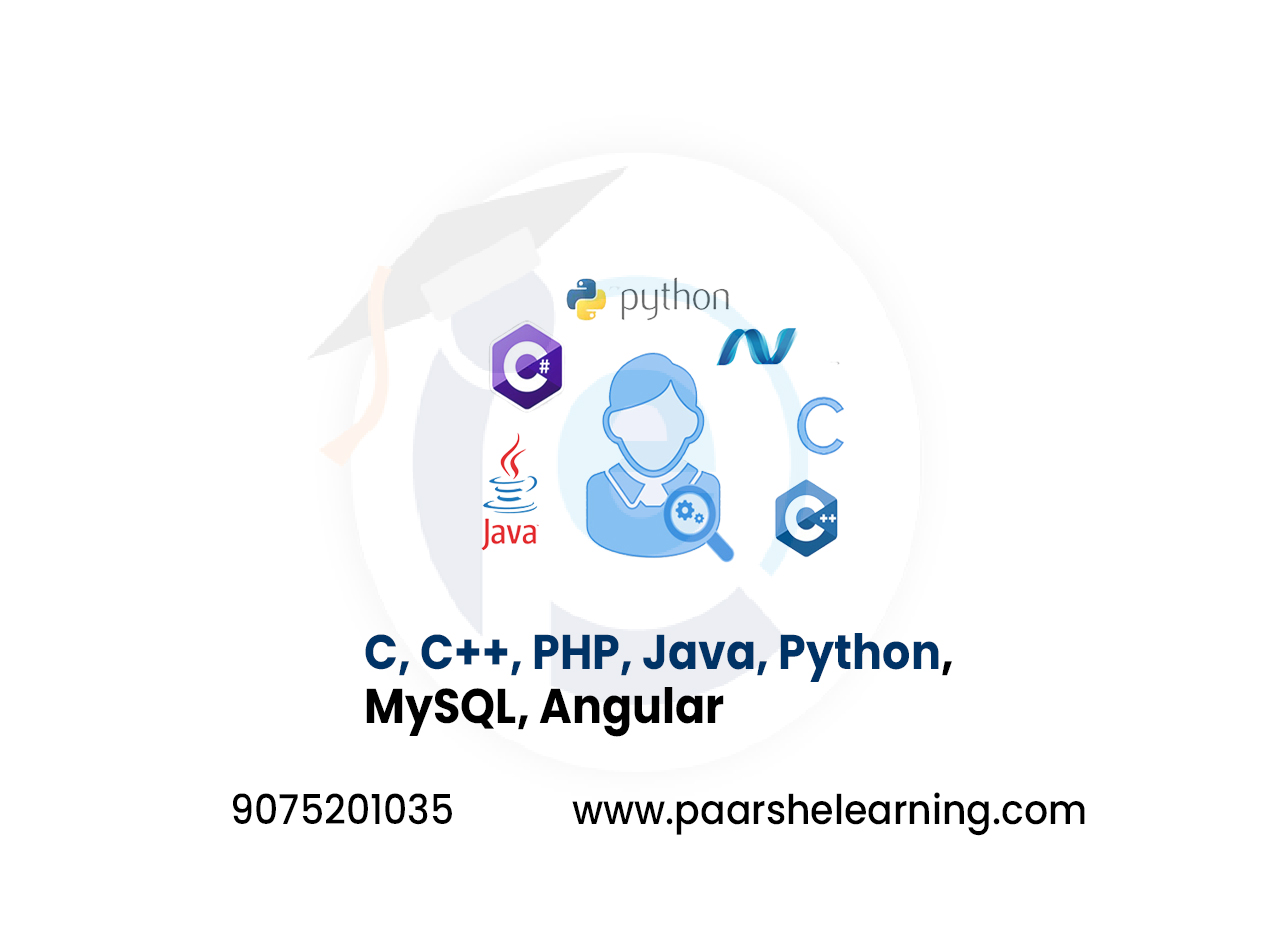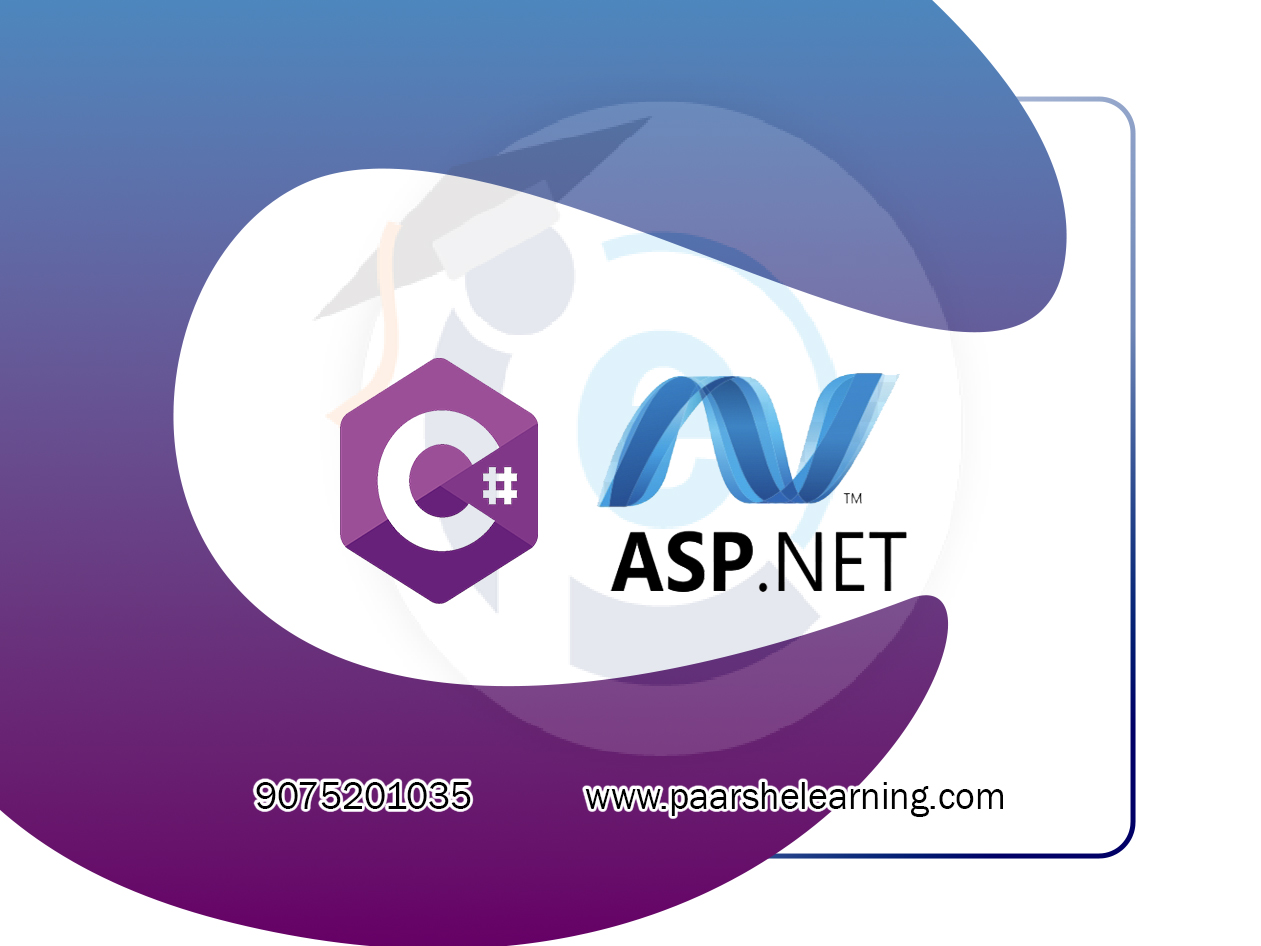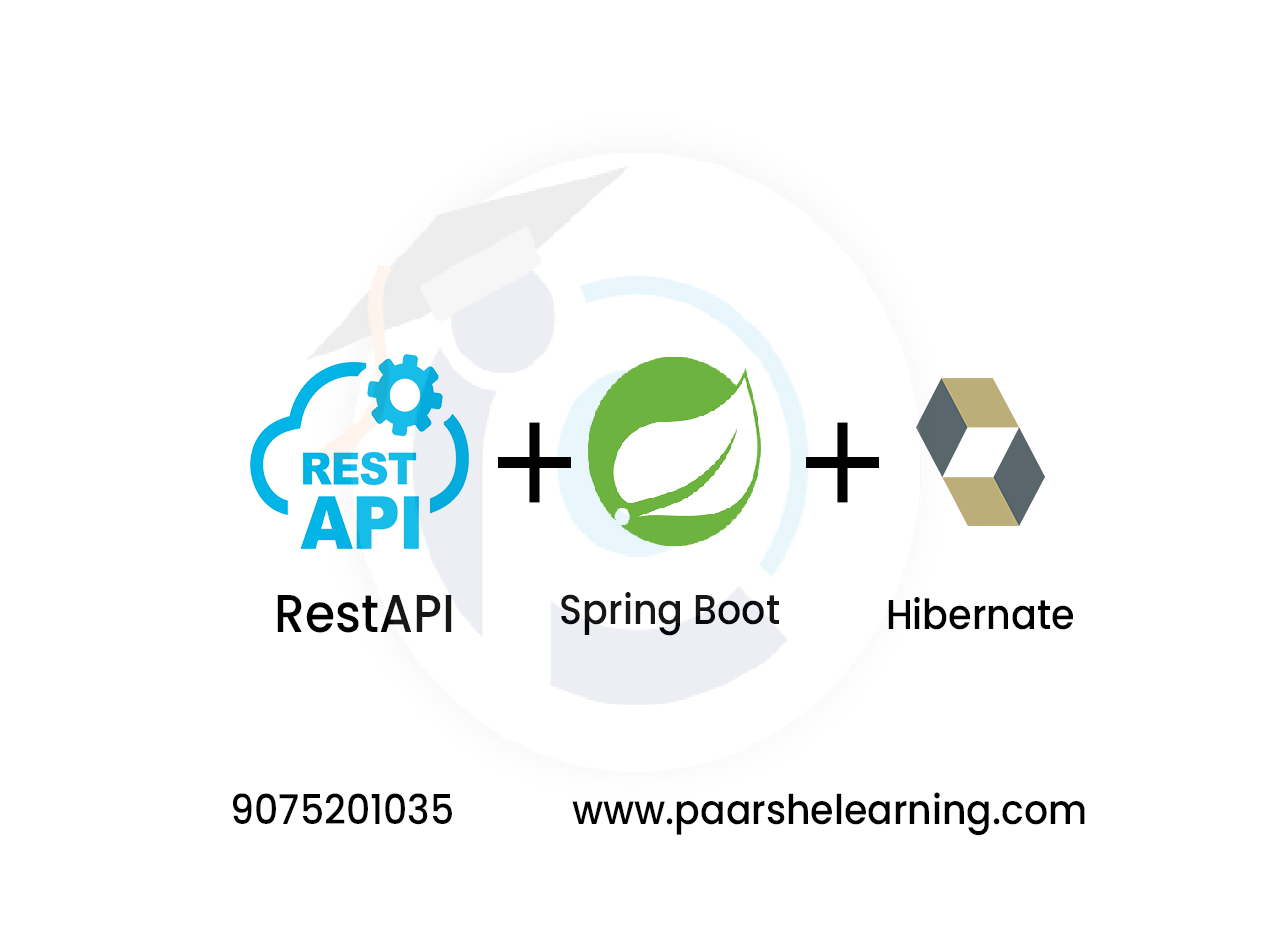- Introduction to RESTful APIs: You will learn the basics of RESTful API concepts, including HTTP methods, status codes, resource URLs, and data formats.
- Setting up the development environment: You will learn how to set up the development environment for building RESTful APIs using Django and DRF, including installing and configuring Python, Django, and DRF.
- Building the RESTful API: You will learn how to build a RESTful API using DRF, including creating and handling routes, serializers, views, and models.
- Connecting to a database: You will learn how to connect to a database using Django's ORM and perform basic CRUD (Create, Read, Update, Delete) operations.
- Authentication and authorization: You will learn how to implement authentication and authorization in a RESTful API using token-based authentication and Django's built-in authentication framework.
- Deployment and optimization: You will learn how to deploy the RESTful API and optimize it for scalability and performance, including using caching and load balancing techniques.
RestAPI using Django
Course description
RESTful API using Django is a course that covers the basics of building web APIs using Django REST Framework (DRF). The course covers the following topics:
-
Introduction to RESTful APIs: You will learn the basics of RESTful API concepts, including HTTP methods, status codes, resource URLs, and data formats.
-
Setting up the development environment: You will learn how to set up the development environment for building RESTful APIs using Django and DRF, including installing and configuring Python, Django, and DRF.
-
Building the RESTful API: You will learn how to build a RESTful API using DRF, including creating and handling routes, serializers, views, and models.
-
Connecting to a database: You will learn how to connect to a database using Django's ORM and perform basic CRUD (Create, Read, Update, Delete) operations.
-
Authentication and authorization: You will learn how to implement authentication and authorization in a RESTful API using token-based authentication and Django's built-in authentication framework.
-
Testing and debugging: You will learn how to test and debug the RESTful API using tools like Postman and Django's built-in testing framework.
-
Deployment and optimization: You will learn how to deploy the RESTful API and optimize it for scalability and performance, including using caching and load balancing techniques.
This course is designed for developers who want to learn how to build powerful and scalable RESTful APIs using Django and DRF. It's suitable for both beginners and intermediate developers who have some prior experience in Python and web development. By taking this course, you'll gain a deep understanding of RESTful API concepts and best practices, and learn how to build a powerful and flexible RESTful API using Django and DRF.
What you will learn from this course?
This course includes!
- Daily Live session
- A recorded session with problem-solving material
- Access on Mobile and TV
- Certificate of completion
- Recommendation Letter
- 100% Job Placements
This course is for
- This course is designed for developers who want to learn how to build powerful and scalable RESTful APIs using Django and DRF.
- It's suitable for both beginners and intermediate developers who have some prior experience in Python and web development.
- By taking this course, you'll gain a deep understanding of RESTful API concepts and best practices, and learn how to build a powerful and flexible RESTful API using Django and DRF.
Prerequisites for this course
- To take the RESTful API using Django course, you should have a basic understanding of the following :
- Python programming language
- Web development concepts such as HTTP, HTML, and CSS
- Database concepts and SQL queries
- Django web framework
Restapi Using Django Syllabus
-
Introduction To Restful Apis And Django
Overview of RESTful APIs and their significance Introduction to Django framework and its features Setting up a development environment (Python, Django, virtual environment)
-
Building The Api Foundation With Django
Understanding REST architecture and principles Creating a new Django project and app Setting up project configurations and URLs Implementing basic CRUD operations using Django views
-
Serializers And Data Validation
Introduction to serializers and their role in API development Creating serializers for data serialization and deserialization Validating incoming data using serializer validation Sending JSON responses to client requests
-
Handling Get Requests And Data Retrieval
Designing API endpoints for retrieving data Implementing GET methods for single and multiple resources Using Django queryset to fetch data from the database Sending JSON responses with serialized data
-
Handling Post And Put Requests For Data Modification
Setting up API routes for creating and updating resources Implementing POST and PUT methods for data modification Validating incoming data using serializer validation Sending appropriate HTTP responses for success and error
-
Handling Delete Requests And Data Deletion
Designing API routes for deleting resources Implementing DELETE methods for resource deletion Handling requests with URL parameters and path variables Sending appropriate HTTP responses for deletions
-
Authentication And Permissions
Introduction to Authentication Methods in Django Implementing token-based authentication using DRF (Django Rest Framework) Securing API endpoints and protecting sensitive data Applying permissions to restrict access to certain views
-
Error Handling And Exception Management
Implementing consistent error handling in the API Creating custom exception classes for different scenarios Using DRF's exception handling to handle errors Sending appropriate error responses with details
-
Testing And Debugging
Introduction to testing methodologies (unit tests, integration tests) Writing unit tests for API endpoints using Django's TestCase Testing API views, serializers, and functionality Debugging common API issues and errors
-
Documentation And Api Views
Generating API documentation using DRF's built-in tools Documenting API endpoints, request parameters, and responses Reviewing different types of API views (function-based, class-based) Analyzing real-world API examples and case studies
-
Advanced Topics And Optimization
Implementing advanced features (pagination, filtering, authentication) Optimizing API performance using caching mechanisms Integrating frontend frameworks (React, Angular) with Django APIs Performance optimization techniques for Django applications
-
Final Project And Deployment
Developing a comprehensive RESTful API using Django Customizing design, functionality, and endpoints Finalizing API documentation and testing Deploying the Django API to a hosting platform (Heroku, AWS, etc.)
-
Paarsh E-Learning encourages hands-on practice, assignments, and projects throughout the course to reinforce students' understanding of building RESTful APIs using Django. Assign practical exercises that involve creating endpoints, handling different types of requests, and implementing authentication and validation. Cover both theoretical concepts and practical applications to provide a well-rounded learning experience.
